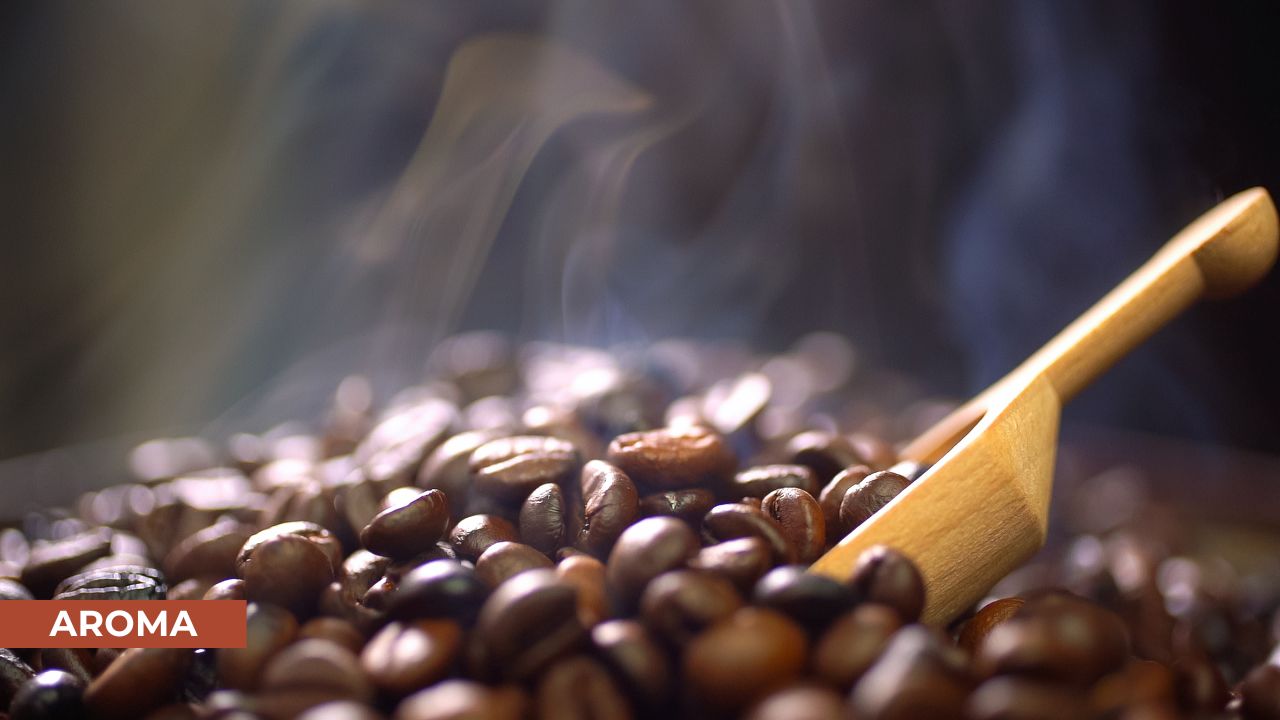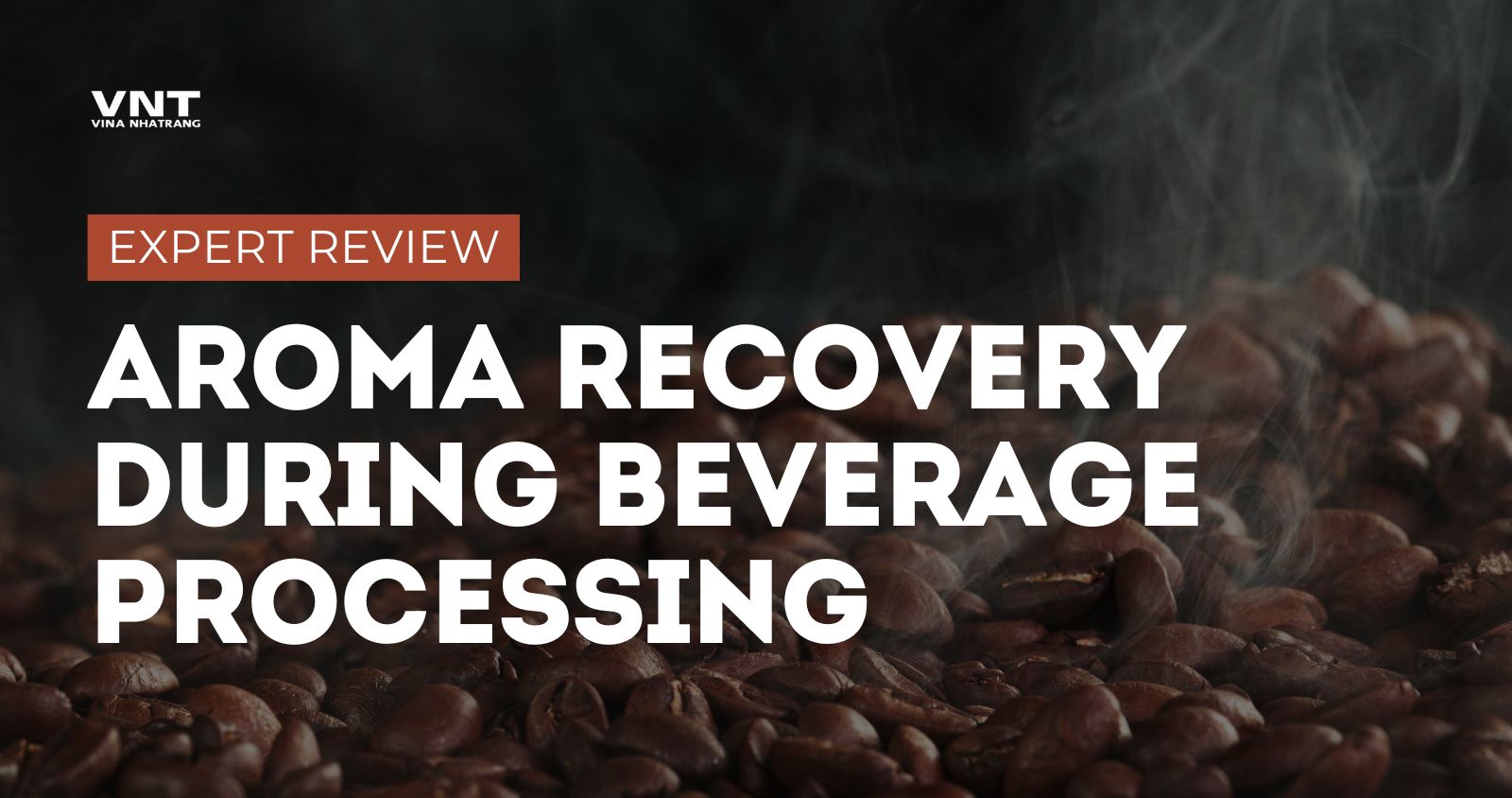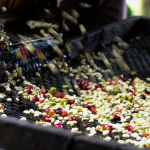Aroma is the heart and soul of any beverage – it’s the first thing you notice before taking a sip, and it shapes the entire drinking experience. But during processing, a significant portion of those delicate, flavorful notes can vanish due to heat, filtration, distillation, and other industrial methods. The result? A drink that tastes dull, flat, or just not as vibrant as it should.
To bring back that fresh, natural taste, the food and beverage industry has developed innovative aroma recovery techniques designed to capture and restore lost fragrances. In this article, we’ll dive into why aroma loss happens, the cutting-edge methods used to recover it, and how these solutions help manufacturers create beverages that smell and taste just as nature intended.
1. Introduction to Aroma Recovery
Aroma compounds play a vital role in defining the sensory characteristics of beverages, whether it’s the rich aroma of coffee, the fresh citrus scent of fruit juices, or the complex bouquet of wines. However, due to industrial processing methods such as pasteurization, filtration, and concentration, many volatile aroma compounds are lost.
Aroma recovery techniques aim to capture and reintegrate these volatile compounds back into the beverage, ensuring that the final product retains its natural taste and fragrance. The food industry uses advanced technologies to minimize these losses, making beverages more appealing to consumers.
Why Is Aroma Recovery Important?
- Enhances Flavor and Sensory Experience – Consumers expect beverages to smell as good as they taste.
- Preserves Natural Quality – Helps maintain the authenticity of fruit juices, coffee, and alcoholic drinks.
- Reduces Production Waste – Prevents the loss of valuable aroma compounds during processing.
- Improves Market Competitiveness – Beverages with strong, natural aromas have higher consumer acceptance.

2. Understanding Aroma Compounds
Aroma compounds are small, volatile molecules that evaporate easily, contributing to the smell of beverages. These compounds can be categorized based on their chemical structure and sensory impact.
Types of Aroma Compounds in Beverages
- Esters – Provide fruity and sweet aromas (e.g., banana, apple, pineapple).
- Aldehydes – Contribute to green, citrusy, or floral notes (e.g., hexanal in apples).
- Ketones – Found in dairy and fermented beverages, adding buttery aromas.
- Phenols – Present in coffee, tea, and wine, providing smoky and spicy scents.
- Terpenes – Give citrus juices and herbal teas their distinctive fragrance.
Reasons for Aroma Loss in Beverages
Aroma loss occurs due to a combination of physical and chemical factors during beverage processing.
1. Chemical Losses (Reactions that chemically alter aroma compounds)
- Oxidation – Oxygen interacts with volatile aroma compounds, leading to degradation, off-flavors, and shortened shelf life.
- Maillard Reactions – Heat-driven reaction between amino acids and sugars, creating new aroma compounds and causing caramelized or “cooked” notes.
- Ester Hydrolysis – Breakdown of esters into alcohols and acids, reducing fruity and floral aroma intensity.
- Thermal Decomposition of Sulfur Compounds – Heat-induced breakdown of sulfur volatiles, leading to loss of fresh aromas and formation of unpleasant sulfurous odors.
2. Physical Losses (Loss of aroma compounds due to evaporation, vaporization, or gas stripping)
- Evaporation During Juice Concentration – Loss of volatile aroma compounds during water removal, reducing freshness and aromatic complexity.
- Heat-Induced Vaporization During Pasteurization – High temperatures cause volatilization of key aroma compounds, leading to a flatter sensory profile.
- Degassing in Fermentation & Carbonation – CO₂ release strips volatile compounds, reducing fruity, floral, and fresh aromas in fermented and carbonated beverages.
🔎 Explore more: Causes of Aroma Loss in Beverages: Why Beverages Lose Their Aroma?
3. Techniques for Aroma Recovery in Beverage Processing
Three Approaches to Aroma Recovery
- Recovering Lost Aromas from Process Side Streams – Capturing volatile compounds released during distillation, evaporation, or pasteurization and reintegrating them into the final product.
- Stripping Aromas Before Processing – Removing aroma compounds before a heat-intensive process and adding them back later to minimize loss.
- Redesigning Processes to Minimize Aroma Loss – Developing gentler processing methods to preserve aroma, although this can be costly.
Key Aroma Recovery Techniques
1. Distillation & Evaporation
- The most commonly used method for recovering aromas from liquid streams.
- Works by heating the beverage and capturing volatile compounds as vapor before re-condensing them.
- Used in large-scale processing plants like GEA Wiegand and Tetra Pak.
- May cause thermal degradation of heat-sensitive aromas.
📌 Read more about Aroma Recovery by Distillation & Evaporation here
2. Partial Condensation
- Selectively condenses part of the vapors to retain desired aromas while removing unwanted compounds.
- Used in fruit juice production, especially for delicate flavors like strawberry.
- More efficient than full distillation for certain aroma compounds.
📌 Read more about Aroma Recovery by Partial Condensation here
3. Gas Injection Techniques
- Involves injecting an inert gas (e.g., nitrogen) into the beverage to strip volatile compounds.
- The aroma-laden gas is then captured using cryogenic condensation or wet scrubbing.
- Example: DIFFAR Process combines gas stripping with partial condensation to enhance aroma retention.
📌 Read more about Aroma Recovery by Gas Injection Techniques here
4. Adsorption
- Uses solid materials like activated carbon, zeolites, or resin to capture aroma compounds.
- The aroma is later released using heat, solvents, or gas stripping.
- Commonly used in coffee, fruit juice, and tea processing.
📌 Read more about Aroma Recovery by Adsorption here
5. Pervaporation
- Uses selective membranes to separate aroma compounds from liquids by vaporization.
- Operates at low temperatures, preserving heat-sensitive aromas.
- Promising but still under development for large-scale industrial applications.
📌 Read more about Aroma Recovery by Pervaporation here
6. Supercritical Fluid Extraction
- Uses CO₂ at high pressures to selectively extract aroma compounds.
- Particularly useful for recovering flavors from solid waste streams (e.g., citrus peels).
- Limited commercial application due to high operational costs and complexity.
📌 Read more about Aroma Recovery by Supercritical Fluid Extraction here
4. Conclusions
Aroma recovery is essential for maintaining the natural sensory profile of beverages and improving product quality. Each recovery method has its strengths and limitations:
- Distillation, partial condensation, and gas injection are widely used and reliable for industrial applications.
- Pervaporation is a promising low-temperature method but still in development.
- Adsorption and supercritical fluid extraction face practical challenges but are effective for specific applications like coffee and fruit juice processing.
📞 Contact Our Expert to learn more about how aroma recovery can improve your beverage production.
🔍 Discover Our Aroma Recovery System and optimize your flavor retention today!




